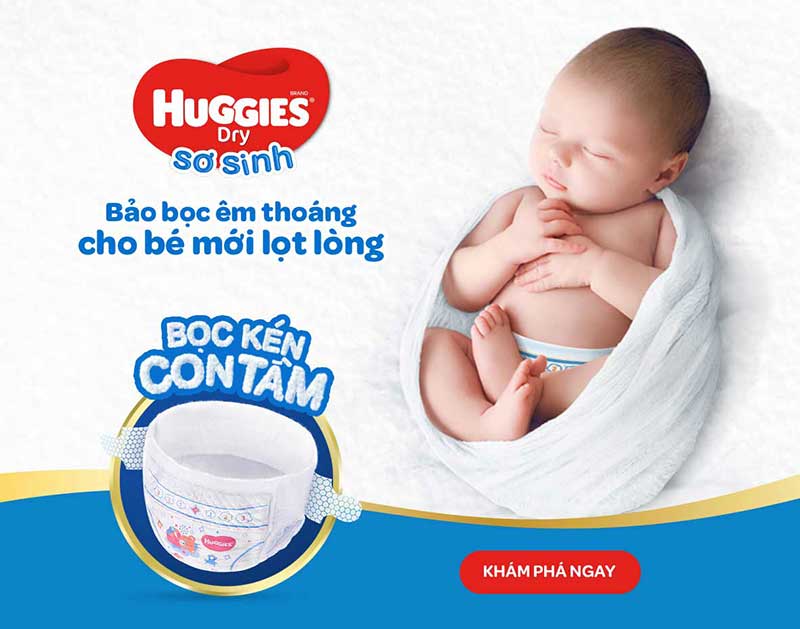When you are a new parent, you try your best to comfort your infant at every turn, anticipating his or her needs and keeping baby dry, fed and happy. But then one day you open a diaper to an unwelcome surprise – diaper rash – a red, angry, painful irritation on baby’s tender bottom, making your little one uncomfortable night and day. Be assured, diaper rash is a common condition that usually clears up with some simple diapering routines.
Know what are the triggers
Sometimes diaper rashes inevitably occur. Reasons can be as below:
- It’s common between ages 9-12 months, when baby is still primarily sitting and eating solid foods, which may change bowel movements.
- It most often develops when contact with urine and stools irritate baby’s sensitive skin. Thankfully, today’s bottom-friendly disposable diapers from Huggies wick away moisture to keep diaper rash at bay as much as possible.
- Diaper rash can also be an allergic reaction to diaper wipes, laundry detergent, soap or other elements.
ABCDE’s of preventing diaper rash – follow diligently
Air: Allow baby’s skin to air dry for as long as possible between changes and regularly give baby some diaper-free time.
Barrier: Zinc-oxide diaper cream and petroleum jelly provide a barrier between the diaper and urine or stool while your baby’s damaged skin heals. Use at every diaper change in infants who develop rashes frequently.
Cleanse: Always wipe gently and pat when cleaning baby’s diaper area—never rub while cleansing baby’s skin. Irritant-free wipes may be more effective than warm water when cleaning stool.
Diaper: Many experts no longer recommend cloth diapers, which expose baby’s skin to irritants, like urine and stool. Thanks to the protective advances in diapering technology, disposable diapers like Huggies Diapers are recommended to help prevent diaper rash.
Education: Notice when and how your baby experiences diaper rash so you will be aware of any patterns. If baby continues to develop diaper rash, talk to your baby’s pediatrician or nurse.
Tips for the well-being of your baby’s delicate skin
- Always wash your hands before and after every diaper change.
- Change baby’s diaper as soon as it’s soiled; at least every 1-3 hours during the day and once during the night.
- Gently wipe or pat baby’s bottom with warm water and a soft, clean cloth or skin-friendly wipe. Avoid rubbing baby’s skin during a diaper change.
- Always wipe from front to back as you clean baby’s genital area.
- Allow baby’s skin to air dry before re-diapering.
- To prevent irritants from meeting delicate skin, apply a thick layer of petroleum jelly if baby’s bottom appears slightly red. Once a rash has developed, apply zinc oxide-based cream with each change until the irritation is gone.
- Avoid using baby or talcum powder, which can irritate baby’s skin and lungs.
REMEMBER - diaper rash is seldom serious. With care, it usually clears within 3-4 days. If it doesn’t go away within 4-7 days, or gets worse, call your baby’s healthcare provider. Otherwise, baby and parent - should begin to feel better soon.









